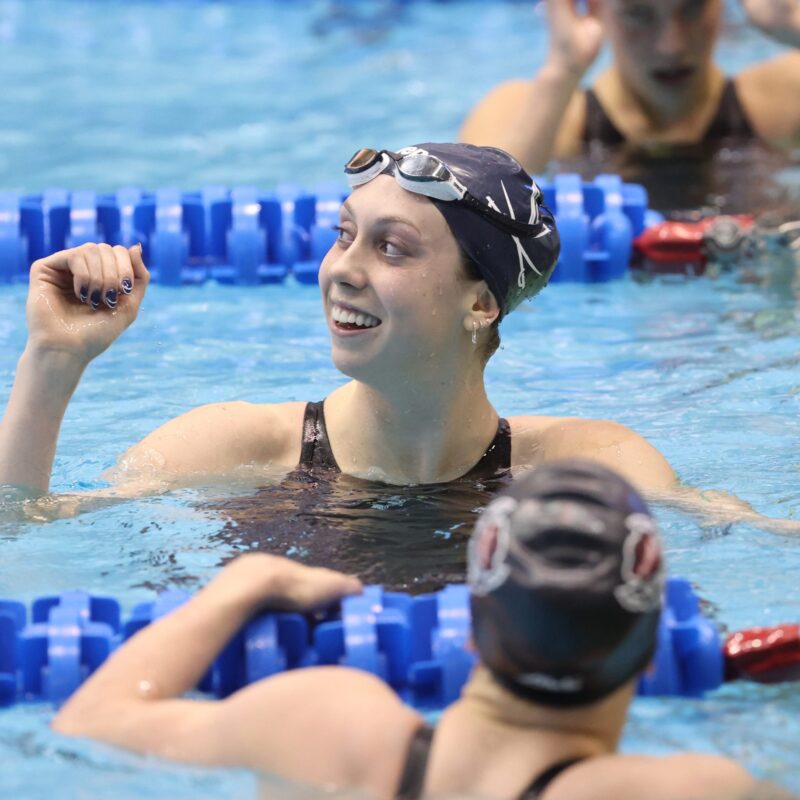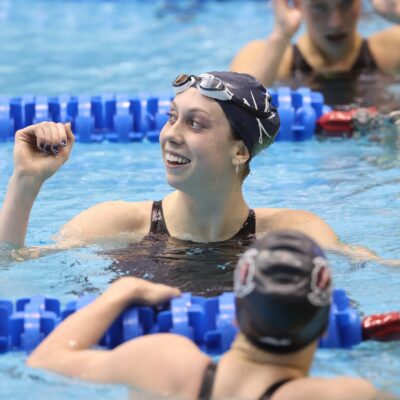For several years, I’ve known Tamra Harrison Kirschnick as a painter of tangled plant life. The pieces of hers I’ve seen in the past have been large, single canvases, so it was a pleasant shock to enter her current solo show and find that it consists of arrangements of smaller paintings. In each of the four sets—“Sunflower,” “Thistles,” “Zinnia” and “Sumac”—a single image breaks across six or seven canvases.
It wasn’t the first time Kirschnick’s work made the photographer Lee Friedlander come to mind; he too has filled frames with plant life, viewed at very close range. But whereas the fecundity of Friedlander’s desert scenes has a bleak overtone, Kirschnick’s studies communicate love.
Take “Sunflower,” an immediate standout. Its six square frames make a horizontal row, and the fat head of one flower arcs shallowly across four of the six. If this flower were fully visible, it would be 15′ or 20′ in diameter, but—like bees—we are right up against it, nosing its petals, leaves and seeds, seeing only a slice. And the stormy palette rewards examination. Get close, and suddenly purple jumps out, used as a shading color on the yellow petals and green leaves. Get closer, and there are many purples: lavender, mauve, a dark wine color.
|
“Sunflower” by Tamra Harrison Kirschnick |
Each set is radiant with the character of its subject, a kind of realism balancing Kirschnick’s conscious framing of specifics. If “Sunflower” is bathed in the somnolent, brooding light of late summer, “Sumac” is a riot of uncontrolled growth, its fat seedhead blood-colored and menacing. “Zinnias” are trim if not quite tame. “Thistle” looks tropical in spiky pinks and blues, repellent where “Sunflower” is sumptuous.
Energy manifest across the surface—vibrating, taut, almost clenched—pulls against the tiny, focused awareness, at the tip of a small brush, that created these delicate leaf-tips and petal-ends. It’s like a frozen explosion.
For this viewer, the effect feels like being hungry and grateful all at once. There are concepts at work here—simple but deep ones, about scale (if a flower is this big, we are suddenly smaller), and about representation (photography influences Kirschnick’s compositions, though the pieces sit firmly within a traditional realm of painting as craft). But concepts matter less than the lonely blue-green behind the sunflower, a tumble of pointed seeds like little jesters’ hats, the fluted folds of petals. Ultimately, these paintings say that looking is profound, a form of loving. And there is so much to see.






